-
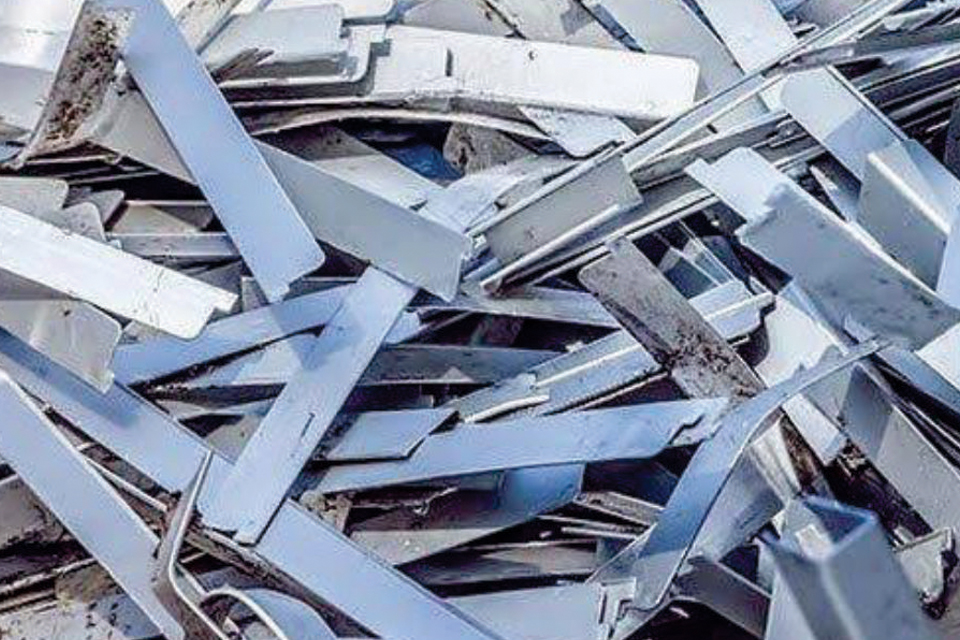
Aluminium
Aluminium scrap is generated in many steps of the manufacturing process and use by the end user. During manufacturing, aluminium material is lost from the process either during the melting step to form dross or in one of the many machining operations applied to the aluminium piece.
-
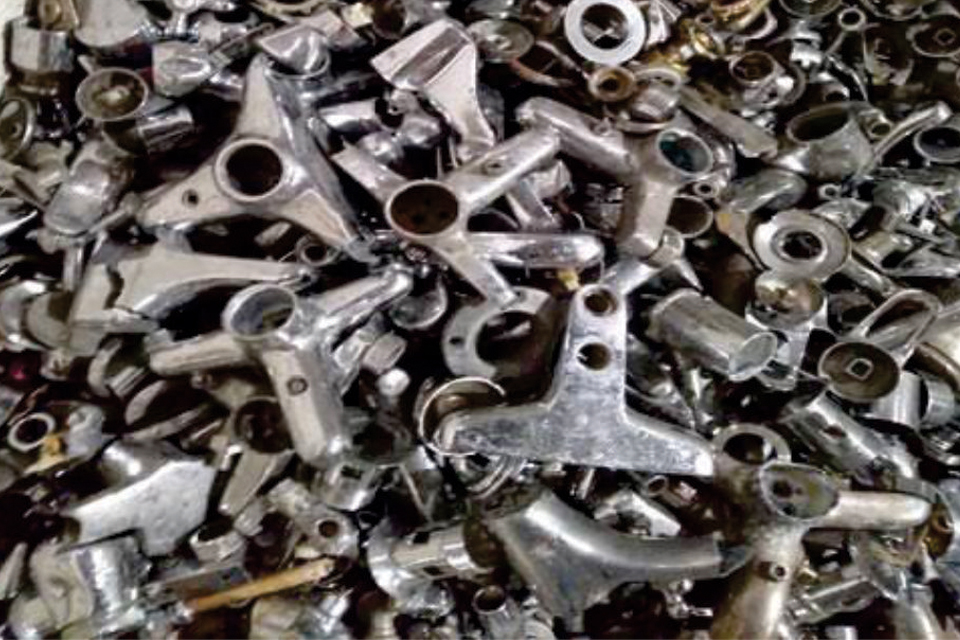
Zinc
The most important use of zinc is in protecting steel from corrosion using hot-dip galvanizing technique. Large quantities of zinc are used to produce die-castings, which are important in the automobile, electrical and hardware industries.
-
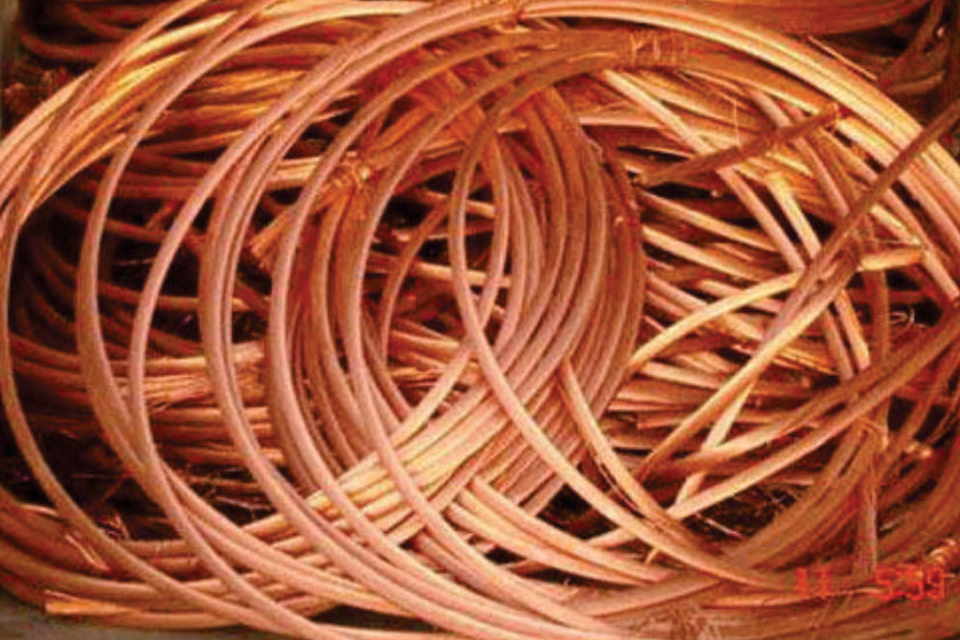
Copper
The most important use of zinc is in protecting steel from corrosion using hot-dip galvanizing technique. Large quantities of zinc are used to produce die-castings, which are important in the automobile, electrical and hardware industries. Zinc is also used in alloys such as brass, nickel silver and aluminium solder.
-
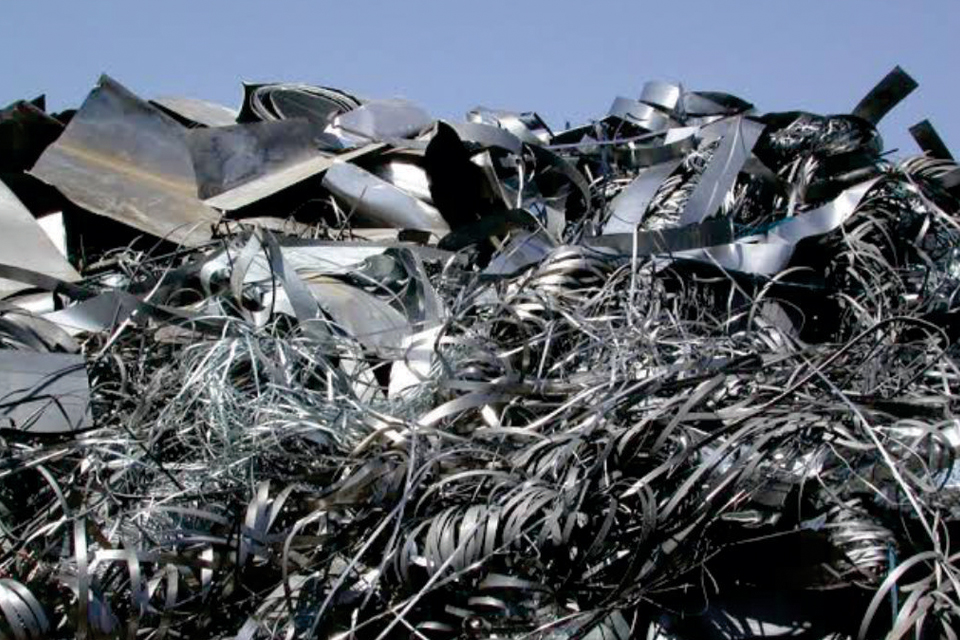
Metal
Scrap Metal” is bits and pieces of metal parts (e.g.,) bars, turnings, rods, sheets, wire) or metal pieces that may be combined together with bolts or soldering (e.g., radiators, scrap automobiles, railroad box cars), which when worn or superfluous can be recycled.
-
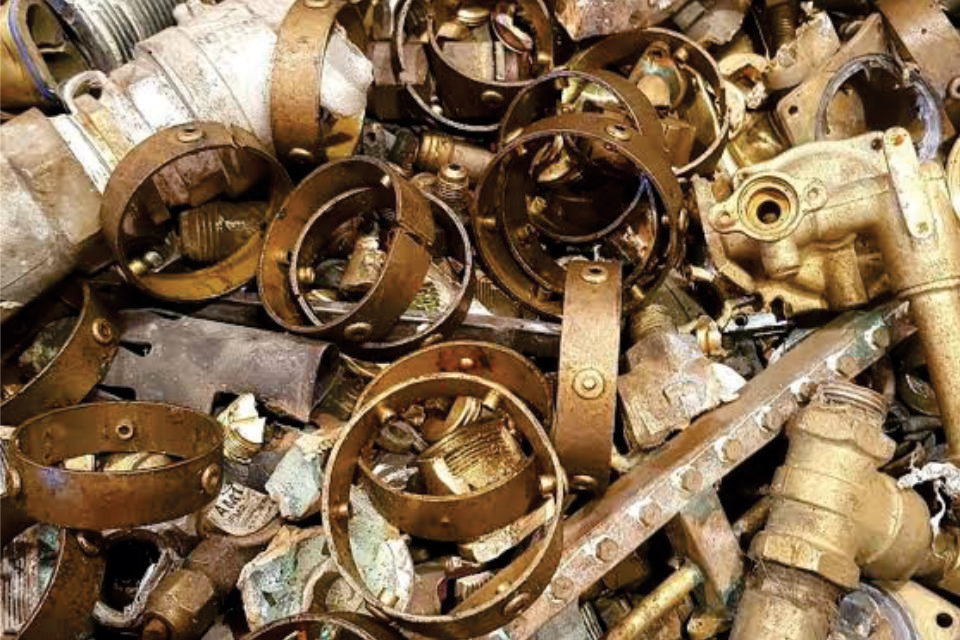
Brass
Brass has the capacity to be recycled an infinite number of times which has significant environmental and economic advantages. Brass is a copper-based alloy that does not lose its chemical or physical properties in the recycling process.
-
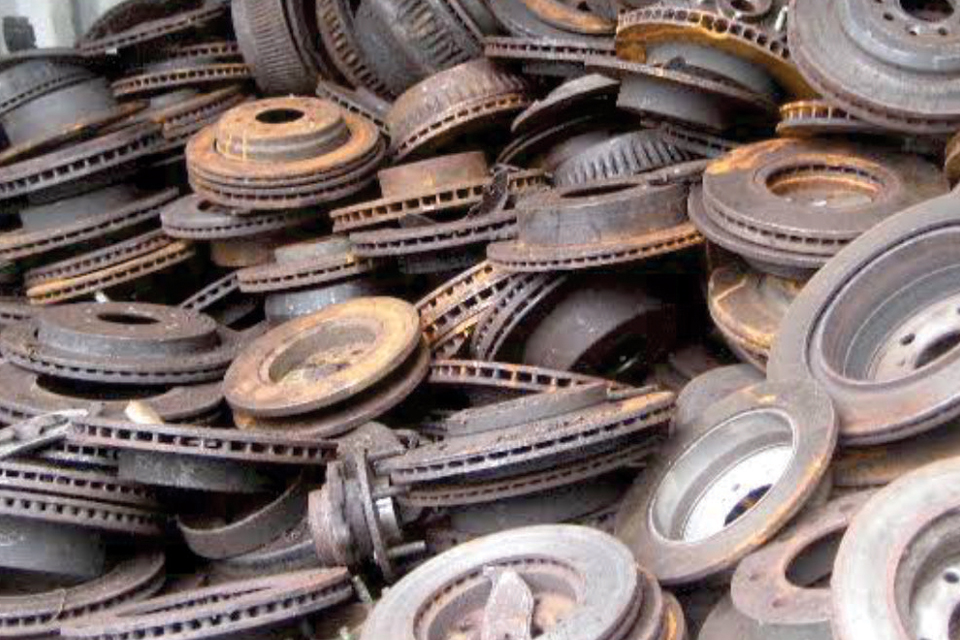
Cast Iron
Cast iron scrap, an alloy iron and carbon, is recycled to obtain iron, carbon and other elements to produce new and valuable items. The scrap is recycled at the scrap yard or recycling centre. Cast Iron Scrap is used to displace copper because it is a more reactive, cheaper metal, making it a cost-effective way to produce copper.
-
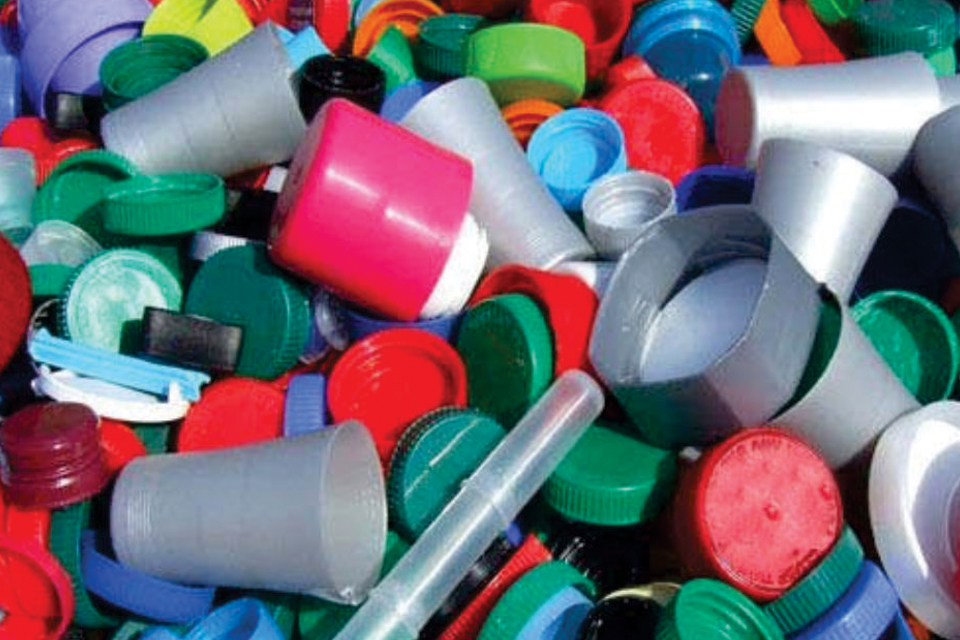
Plastic
Plastic materials go through several recycling processes to take shape as new products. Plastic scraps are formed by subjecting plastic pieces to various treatments and breaking them down into smaller fragments.